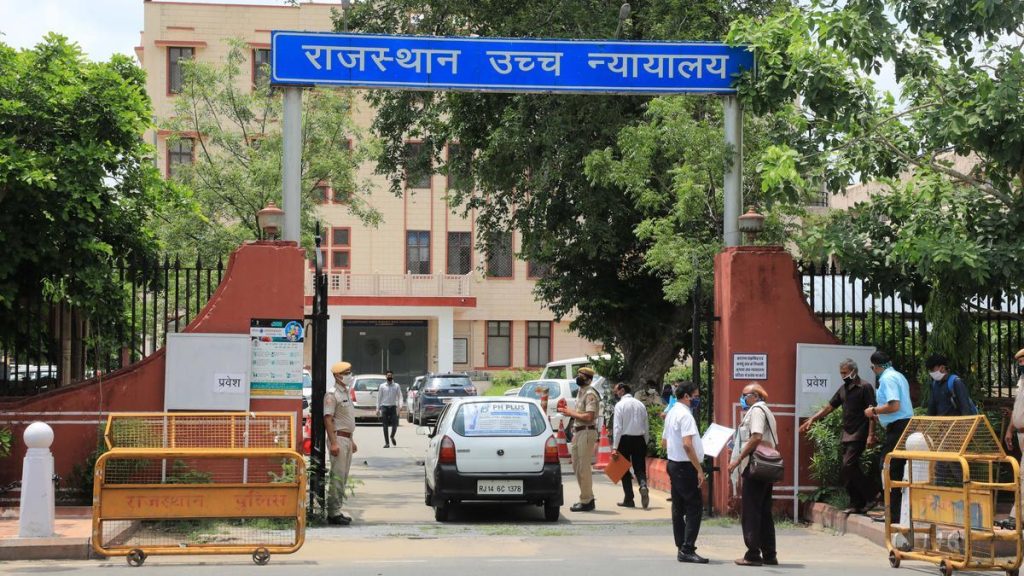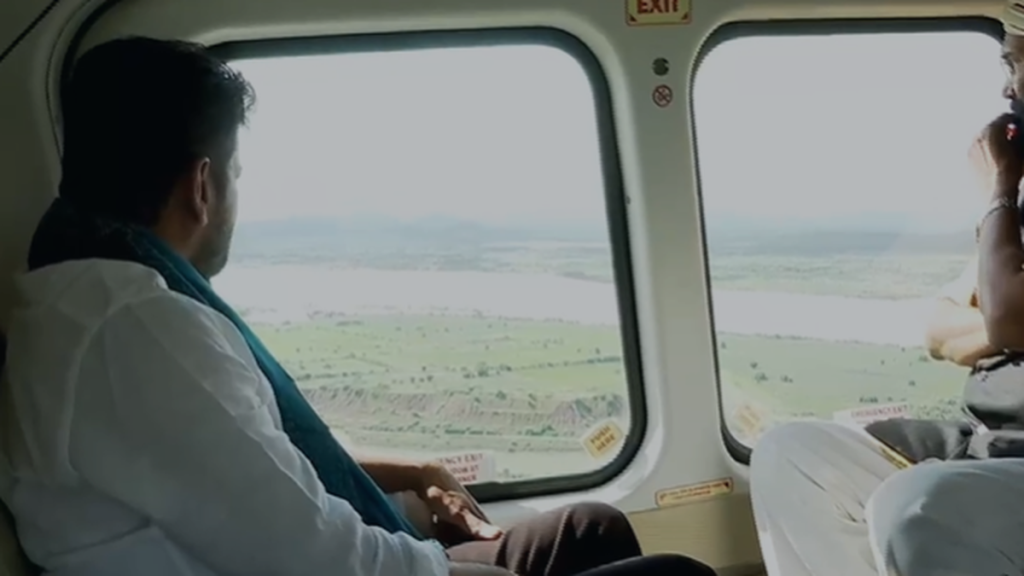Now Reading: Political Unrest and Troops Deployed: A Tense Moment in the US
-
01
Political Unrest and Troops Deployed: A Tense Moment in the US
Political Unrest and Troops Deployed: A Tense Moment in the US

Quick Summary
- Nationwide “No Kings” protests sought to counter President Donald Trump’s military parade in Washington, showcasing opposition to perceived government overreach.
- The parade marked the U.S. Army’s 250th anniversary and coincided with Trump’s 79th birthday. Critics alleged it was a presidential vanity project while others viewed it as a unique historical event.
- In Minnesota, two Democratic lawmakers and their spouses were targeted in shootings labeled political assassinations by Gov.Tim Walz; one couple survived, and the gunman was caught after a manhunt.
- Tensions flared after Trump deployed National Guard troops against California Governor Gavin Newsom’s objections amidst protests over immigration raids; courts are deliberating the constitutional legality of these actions.
- Protests opposing militarization and mass deportation programs featured peaceful turnout of over 5 million people across cities like Los Angeles, Denver, Chicago, Philadelphia, and New york. However, sporadic violence in Los Angeles prompted police response with tear gas.
- Key events included forced removal of Senator Alex Padilla at an management press event in Los Angeles and mixed reactions from crowds supporting or opposing Trump policies nationwide.
Indian opinion Analysis
The developments surrounding mass protests against Donald Trump’s administration reflect democracy’s dynamic strengths but also underscore challenges intrinsic to polarized political landscapes such as that witnessed in America. Widespread peaceful demonstrations coupled with instances of tension spotlight public engagement with critical issues like immigration policy enforcement through militarized approaches-a debate relevant for nations globally attempting balance between security imperatives and democratic values.India can draw lessons on maintaining harmony amid dissent while addressing law enforcement sensitivities during civil unrest-topics increasingly relevant given its diversity-driven polity prone to activism on governance issues. Ensuring state neutrality is crucial for both preserving public trust domestically while mitigating risks tied toward politicized deployment structures similar cases elsewhere could potentially embolden varying viewpoints future confrontational concerns manage equitably safeguarding civic autonomy stakeholders democratically sensitized societies maintain shared progress ideals!
























